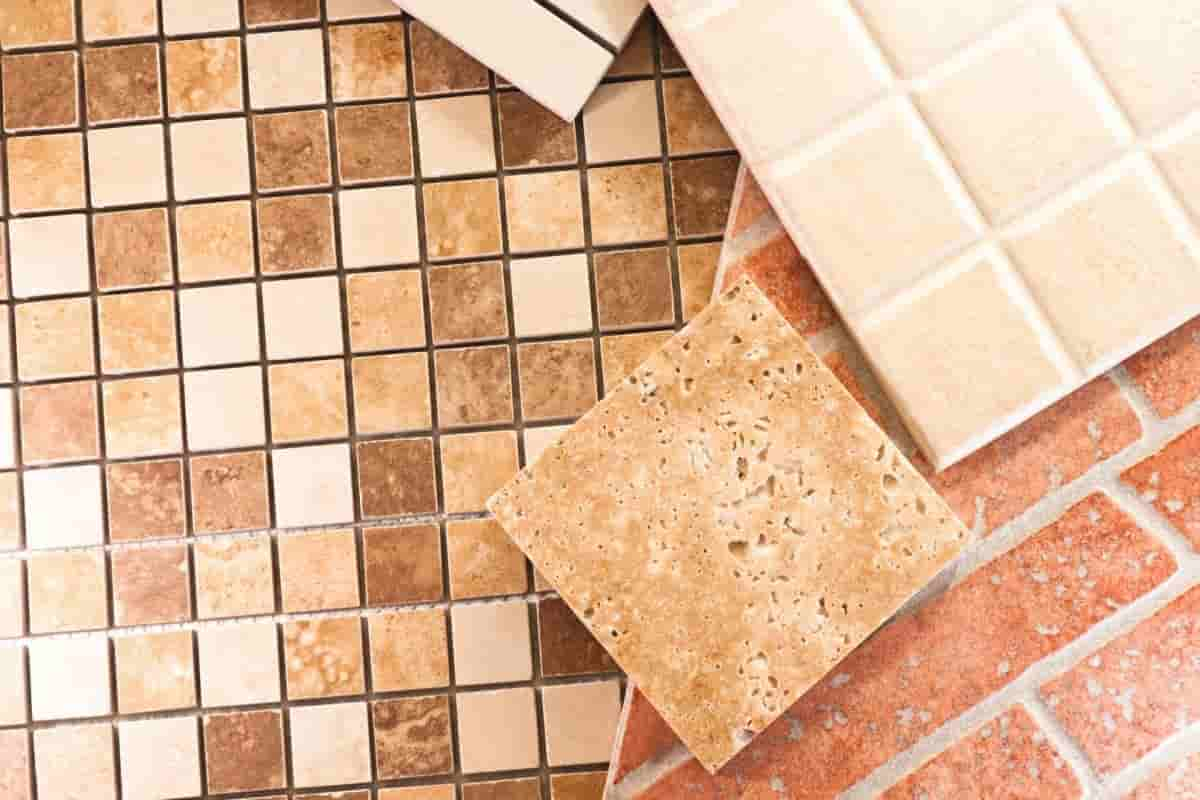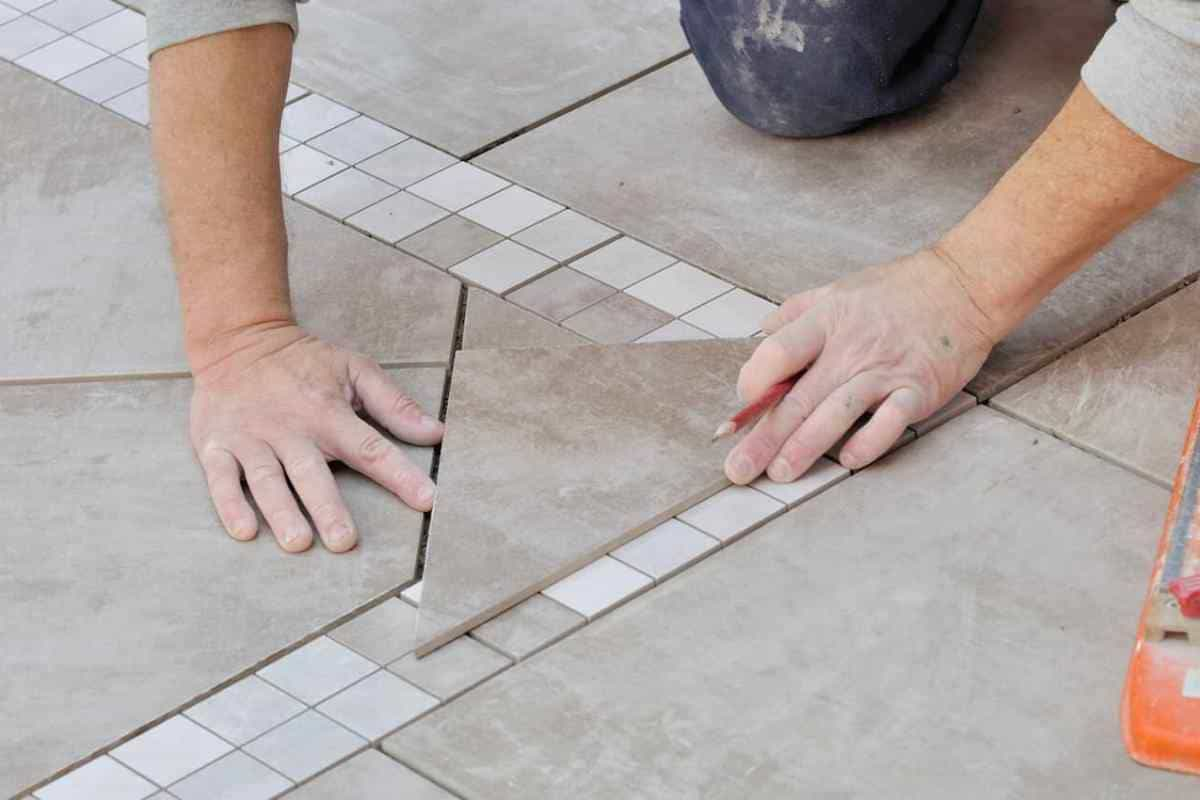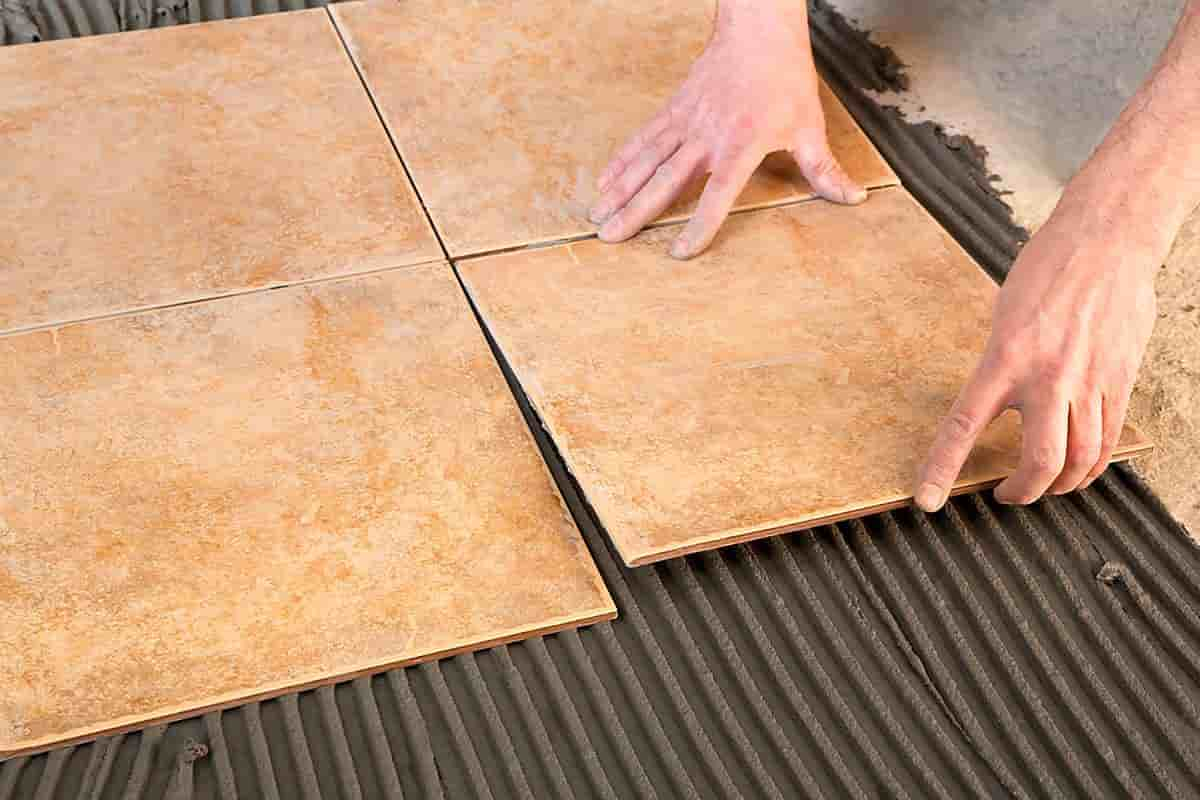Amazing Tile History from Ancient to Industrial Revolution
These days tiles have a significant role in our lives, and it is hard to find a building without tiles, from ancient monuments to modern towers.
Tile History
Around 4000 BC, ornamental tiles were discovered to have been used for the first time in Egypt.
The Assyrians and the Babylonians also produced tiles.
The Romans and the Greeks also favored decorative tiles; mosaics, murals, and other works feature exquisite tile work as examples.
The Elamite Temple at Chogha Zanbil, built in the 13th century BC, contains one of the earliest examples of tile use.
The Ishtar Gate in Babylon, which dates back to around 575 BC, is a further stunning illustration.
Glazed tiles were extensively used as building decorations throughout the Achaemenid Empire.
The Sassanid Empire valued decorative tiles highly, using them to create geometric patterns of flowers, plants, birds, and humans.
For millennia, homes, shops, temples, and other structures of all kinds have employed tiles as beautiful accents on the inside and outside.
One of the earliest materials for ornamental art is ceramic tiles, which have been prized for ages because of their strength and breathtaking beauty.
Worldwide, handmade and hand-painted ceramic tiles have been in use since antiquity.
Natural clay was simple to locate and transform into attractive tiles.
The finished tiles had the same strength and appeal as ceramic tiles that appeal to us today.

Islamic Tile History
Ceramic ornamental tiles gained popularity throughout the Islamic era and were frequently employed as decorations on both the inside and outside of buildings.
In locations like Kashan, Iran (11th century), Tunisia (9th century), and many mosques dating from the 12th century and on, you can find exquisite tile works.
The Jame Mosque of Gonabad, the Dome of Maraqeh (built in AD 1147), and the Seyyed Mosque in Isfahan are a few stunning examples of Islamic architecture with magnificent tiles (1212 AD).
During the Timurid Empire in Persia, some of the most beautiful and complicated tiles were made.
They applied the moraq method.
In this method, single-color tiles were cut into tiny shapes and assembled into panels by pouring cement between each one.
The panels were assembled on the building walls when they had dried and set.
The panels weren't just used on flat surfaces; they were also used to cover the inside and outside of domes.

Tile History in Europe
The Middle Ages were the time in Europe when the use of decorative tiles truly took hold.
During the time that the Moors ruled Spain, they first colonized the countries that were immediately next to Spain before moving on to the rest of Europe.
Tiles were so pricey that only the wealthy and those who could afford them could use them.
This included monarchs, churches, and other ecclesiastical institutions.
The use of encaustic tiles has become increasingly common in Europe.
Clay in a variety of hues was used to handcraft these items, which were later given shapes and baked to give them their final appearance.
Since the pattern was not only on the surface but extended all the way to the thickness of the tile, it was durable and did not quickly wear away because the pattern was not just on the surface.
During the Middle Ages in Europe, the usage of tiles with painted designs became increasingly common.
Once more, a significant number of them were implemented in churches as well as other houses of worship.
Because the Bible was depicted on the tiles, they served as a kind of "Bible" that could be "read" by even those who were illiterate.
Another popular choice was the use of letter tiles, which were usually laid out in the form of biblical texts on the flooring of churches.
The use of tiles continued to be fashionable long into the 1600s.
In the 17th and 18th centuries, Holland became a major center for making decorative tiles, thanks to its Delftware tiles.
The use of a color scheme consisting of cobalt blue and white gave Delftware tiles their well-known appearance.
The popularity of Delft tiles was widespread across the globe, but it was particularly strong in Europe and the American colonies.
The colonists wanted to utilize Delft tiles as a decorative accent on the walls of their dwellings and around fireplaces.
They also requested that these tiles be installed.

Tile History after Industrial Revolution
The Industrial Revolution is well known for switching from manual production to modern manufacturing techniques.
Technology advanced throughout this period, particularly in Britain.
The British adopted the production method to mass produce ceramic tiles at prices that the middle class could afford.
Despite the widespread use of mass-produced ceramic tiles, handmade and hand-painted tiles continued to be favored for their enduring beauty.
Patterned tiles remained in style during this time period and were increasingly used in personal residences in addition to churches and other public buildings for decoration.
Tiles were frequently used in homes for kitchens, bathrooms, and hallways because of their hygienic qualities.
Tiles were popular in the early 20th century, particularly the subway tile, which was created and first used on the wall of New York City subway stations.
White subway tiles were typically utilized in bathrooms and kitchens.
Decorative tiles inspired by the Art Nouveau and Art Deco designs prominent between 1900 and 1940 were another early 20th-century fad.
These tiles were utilized in a variety of architectural settings and had vivid colors and detailed patterns.
Ceramic ornamental tiles are still quite popular today and are used both inside and outside of houses, companies, and institutions of all types to create spectacular displays.
For everything from swimming pools and exterior walls to bathrooms, kitchens, and even wall art inside, modern tiles are available in a wide variety of colors.
You can choose from digitally printed tiles or handcrafted and hand-painted tiles, all with the design of your desires.
Your imagination is the only restriction on what you may design with today's gorgeous tiles.

How useful is this article to you?
Average Score
5
/
Number of votes:
1




